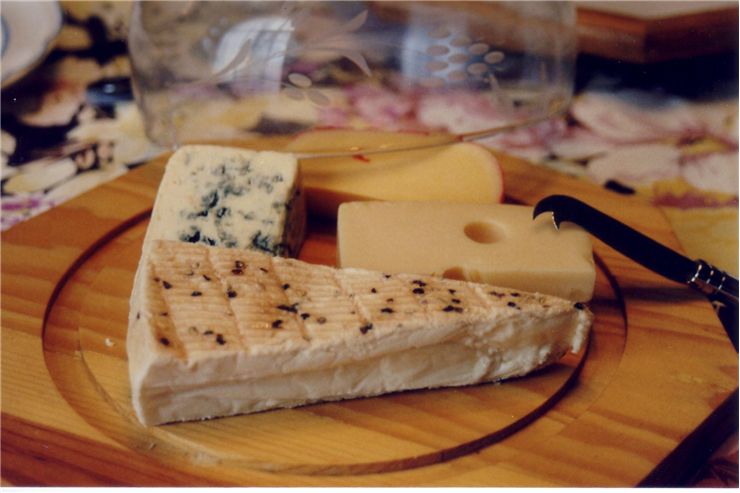How to Serve Cheese - Tips for Serving Cheese
Because there are so many types of cheese, different production methods and integration of cheese into many worldwide cuisines, modern cheese demands specific procedures for preparing, storing and serving cheese. Here you can find some of the best recommended tips for managing your cheese and presenting it in best possible state to your friends for meals:
- Almost all cheeses can be safely stored in the refrigerator. This includes hard, semi-hard and semi-soft cheeses. Liquid cheeses are not recommended to be stored in cold, and definitely not to be frozen.
- Cheeses need to be warped while being held in refrigerators so that they don’t absorb the aromas of surrounding food. However, wrapping that they have does not need to be air tight, and waxed or greaseproof paper that can maintain humidity and circulation of the air is highly recommended.
- Best temperature for storing cheeses of almost all types is between 8 and 13 degree Celsius.
- Air tight seals for refrigerated cheeses are not recommended because that can kill bacteria in their structure.
- However, if is not wise to let cheese completely dry out in its packaging. Dried out cheese will not taste good.
- Before serving cold cheese, it is highly recommend letting it warm up for 20 to 30 minutes. Almost all cheeses are best eaten when they have room temperature.
- If cheese was kept in condition of almost freezing, you need to take it out at least 1 hour before meal.
- Blue cheeses have more aggressive bacteria, and it is highly recommended to completely wrap those cheeses so that bacteria spores cannot exit packaging.
- If you notice that mold has started developing on the outer parts of the cheese, cut those sections and wrap cheese in brand new paper packaging.
- If mold has developed inside cheese, throw it away (especially if it happens in high-moisture cheeses). Of course this does not need to be done with cheeses whose entire point is to have mold inside their structure (blue cheese and many others).
- It is not recommend to cut unpasteurized cheese before purchase. Those cheeses lose their taste aroma very quickly after they have been cut.
- Goat cheese can be stored in refrigerators of the maximum of 2 to 3 weeks. If it is sealed tightly, fresh spreadable goat cheese can be frozen for 2 to 3 months.
- Storage life of goat cheese can be lengthened by pouring on it few tablespoons of olive oil.
- Uncut Cheddar cheese can be refrigerated for up to 6 months. Once you break its wax coating, it can remain edible for at least 3 weeks if it is properly wrapped.
- Cheddar cheese tastes best at room temperature.
- Pasteurized cheeses can last in refrigeration between four and eight weeks if unopened.
- Cheeses with high moisture content can usually be refrigerated for up to two weeks.
- Some cheeses are best to be cut in room temperature (Asiago or Parmesan), but most can be cut when they are chilled.
- If you want to completely freeze a cheese, it is recommended not to eat it directly after unfreezing. You can however use it as ingredient for preparation of other meals.
- Freezing of cheese will change its taste and mouth feel.
- Cheeses can be served both individually and mixed with other cheeses.

